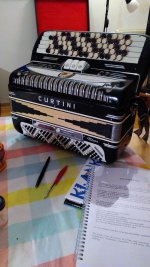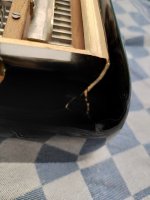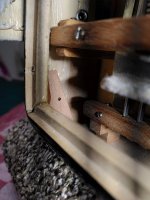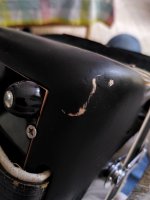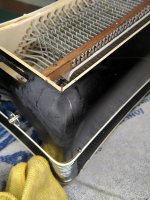just a quick update on a slow process... Have spent time furnishing the workspace, is to my liking now.
It may not be the most efficient way but I like the diy approach... two ideas I think may work:
- for melting the wax i will try a baby bottle warmer. These are designed to warm up stuff 'au bain marie'; and can be set to keep a specific temperature up to 80 degrees. Got one from our local marketplace for nearly nothing, good for trying out
- an easy way to check if the new felt/leather closes off the valves properly: with the valves open and the pallets in position, check the underside with a bright light on the top side, see if any light peeps through.
It may not be the most efficient way but I like the diy approach... two ideas I think may work:
- for melting the wax i will try a baby bottle warmer. These are designed to warm up stuff 'au bain marie'; and can be set to keep a specific temperature up to 80 degrees. Got one from our local marketplace for nearly nothing, good for trying out
- an easy way to check if the new felt/leather closes off the valves properly: with the valves open and the pallets in position, check the underside with a bright light on the top side, see if any light peeps through.

